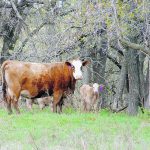Open rates were horrendous in Western Canada last fall: what can producers do to make sure history doesn’t repeat itself?
Glacier FarmMedia – Many beef producers got an unpleasant shock at last fall’s preg check, and experts are weighing in on what can be done to avoid a similar problem this year. According to a report from the Western Canadian Animal Health Network (WeCAHN), more than 40 per cent of some herds were found open. […] Read moreTag Archives Dry Times

Irrigation study in Alta. comes up dry
One definition of a consultant is someone who looks at your watch and tells you what time it is. The recently released consultant’s report, Adaptation Roadmap for the SSRB: Assessment of Strategic Water Management Projects to Support Economic Development in the South Saskatchewan River Basin, is a mirror reflecting the aspirations of the irrigation lobby. […] Read more
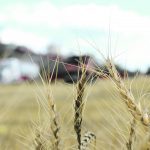
Australian cereals production expected to fall
Lack of rain in the states of Western Australia and South Australia may see harvests fall below the 10-year average
Glacier FarmMedia – WINNIPEG — Dry conditions in Western and South Australia may cause declines in the upcoming Australian wheat and barley crops, according to the U.S. Department of Agriculture’s attaché in Canberra. In a USDA Global Agricultural Information Network report released April 29, the attaché forecasted wheat production at 25.8 million tonnes for the […] Read more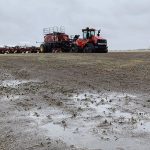
Recent precipitation welcome, but more needed
Northern Alberta is particularly dry this spring, but even areas that are receiving rain have low soil moisture reserves
Glacier FarmMedia – Even though all three Prairie provinces had snow or rain last winter and this spring, moving out of drought conditions is not necessarily a given. “We’ve seen near normal precipitation throughout most of Saskatchewan and well as southern Alberta and much of Manitoba,” said Trevor Hadwen, agroclimate specialist with Agriculture Canada. This […] Read more
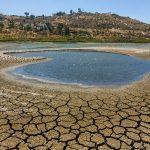
U.S., Mexico spar over water treaty as drought fears rise
REUTERS — Texas farm groups warn of a disastrous season ahead for citrus and sugar as Mexican and U.S. officials try to resolve a dispute over a decades-old water treaty that supplies U.S. farmers with critical irrigation. The neighbouring countries have tussled over the 1944 treaty before, but the current drought-driven water shortages are the […] Read more
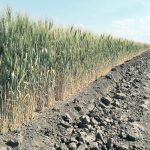
Prairies have made a slow slide into drought
We had a fairly major storm system on the Prairies last week, but it was not strong enough to warrant major attention. Manitoba received the most moisture from this system, with widespread 20 to 30 millimetres of rain mixed with snow. The northern half of agricultural Saskatchewan, along with the far eastern regions, also saw […] Read more
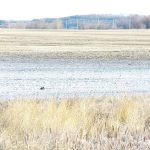
Use soil tests to manage salinity
Glacier FarmMedia – Producers in Saskatchewan and Manitoba are asking plenty of questions about how to manage salinity in their soil. Jeff Schoenau, a soil science professor with the University of Saskatchewan, is among those fielding questions, although he says the amount of visible salinity in his province is “normal” for April. “I think probably […] Read more
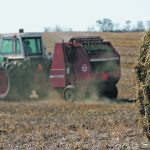
Feed options needed during drought
Growing perennial and annual crops can stretch the grazing period to provide farmers options during a drought
REGINA — This year could be another dry one and cattle producers may have to consider management options. This includes whether herd numbers can be maintained with available feed sources or whether animals can be moved elsewhere. “Do I work with my neighbour, who is a cropping guy, and maybe strike up a deal to […] Read more
Dry summer still indicated
SASKATOON — World Weather Inc. believes much of the United States and portions of the Canadian Prairies will experience drought in the summer of 2024. That forecast is based on an analysis of the 18-year lunar cycle. “I’ve looked at six analog years and all six of them have a drier and warmer bias for […] Read more

Overdrawn at the public relations water well?
Glacier FarmMedia – It’s been a long stretch of dry years for Canadian producers, and they’ve been using more irrigation water as a result. Statistics Canada reports that farmers in Canada used 23 per cent more water in 2022 compared to 2020. At the same time, Canadians name water as their most important environmental pillar, […] Read more

